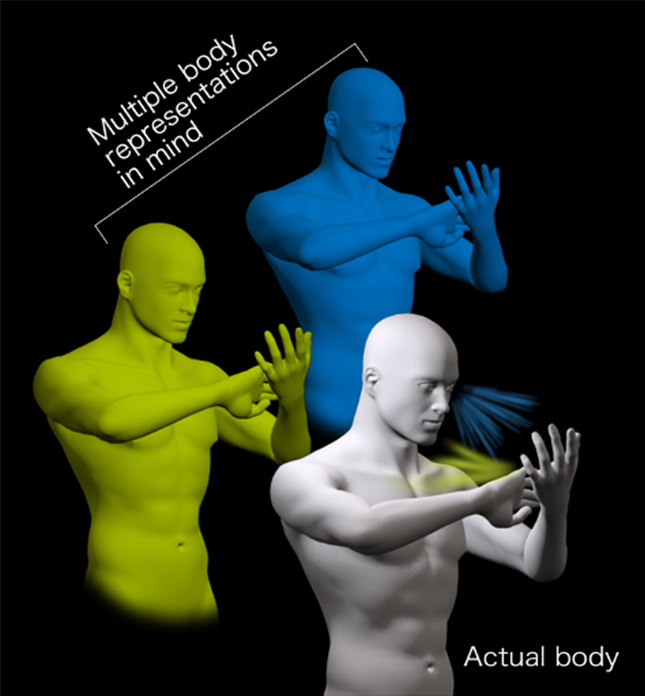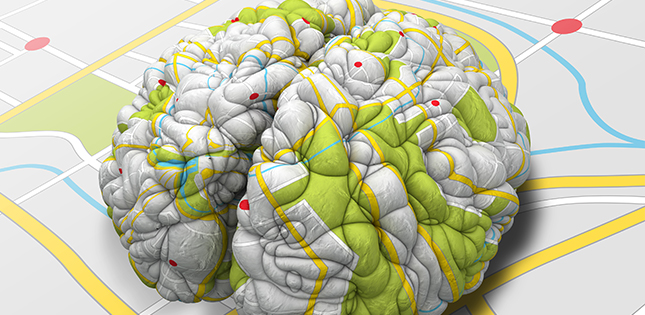Our brain maps out our body to facilitate accurate motor control; disorders of this body map result in motor deficits. For a century, the body map has been thought to have applied to all types of motor actions. Yet scientists have begun to query how the body map operates when executing different motor actions, such as moving your eyes and hands together.
A recent research paper by Professor Kazumichi Matsumiya from Tohoku University's Graduate School of Information Sciences has revealed that the body relies on multiple maps based on the choice of motor system.
Details of his research were published in the journal Proceedings of the National Academy of Sciences of the United States of America on January 19, 2022.
Patients with motor dysfunction have abnormalities in their hands and feet that are felt in the brain. Traditional rehabilitation takes in to account the physical dysfunctions. But recovery of the neurological aspects is not visible and subjective.
To reveal more behind our body map, Matsumiya organized an experiment where participants were instructed to point to various parts of their right hand with the index finger on their left hand whilst simultaneously following with their eyes. This enabled him to measure the mind's perception of the right hand for the eyes and the left hand movements.
Even though the eye and the left hand were pointing to the same spots, the imaging from the pointing was more distorted, demonstrating the existence of a separate body map.
Matsumiya expects his findings to contribute to the development of new diagnostic techniques for motor dysfunction. "Today, Japan's population is aging rapidly, so we are experiencing a sharp increase in the number of patients with motor dysfunctions. Better understanding of how patients' bodies are perceived by their minds will help to build a more effective rehabilitation technique."

Despite eye and reaching movements being simultaneously directed to the same left hand, these two movements pointed at different parts of the left hand. This finding indicates that there are multiple - at least two - body representations in mind. © Kazumichi Matsumiya
- Publication Details:
Title: Multiple representations of the body schema for the same body part
Authors: Kazumichi Matsumiya
Journal: Proceedings of the National Academy of Sciences of the United States of America
DOI: 10.1073/pnas.2112318119
Contact:
Kazumichi MatsumiyaGraduate School of Information Sciences, Tohoku University
Email: matsumiya
 tohoku.ac.jp
tohoku.ac.jpWebsite: http://www.cp.is.tohoku.ac.jp/~eng/


